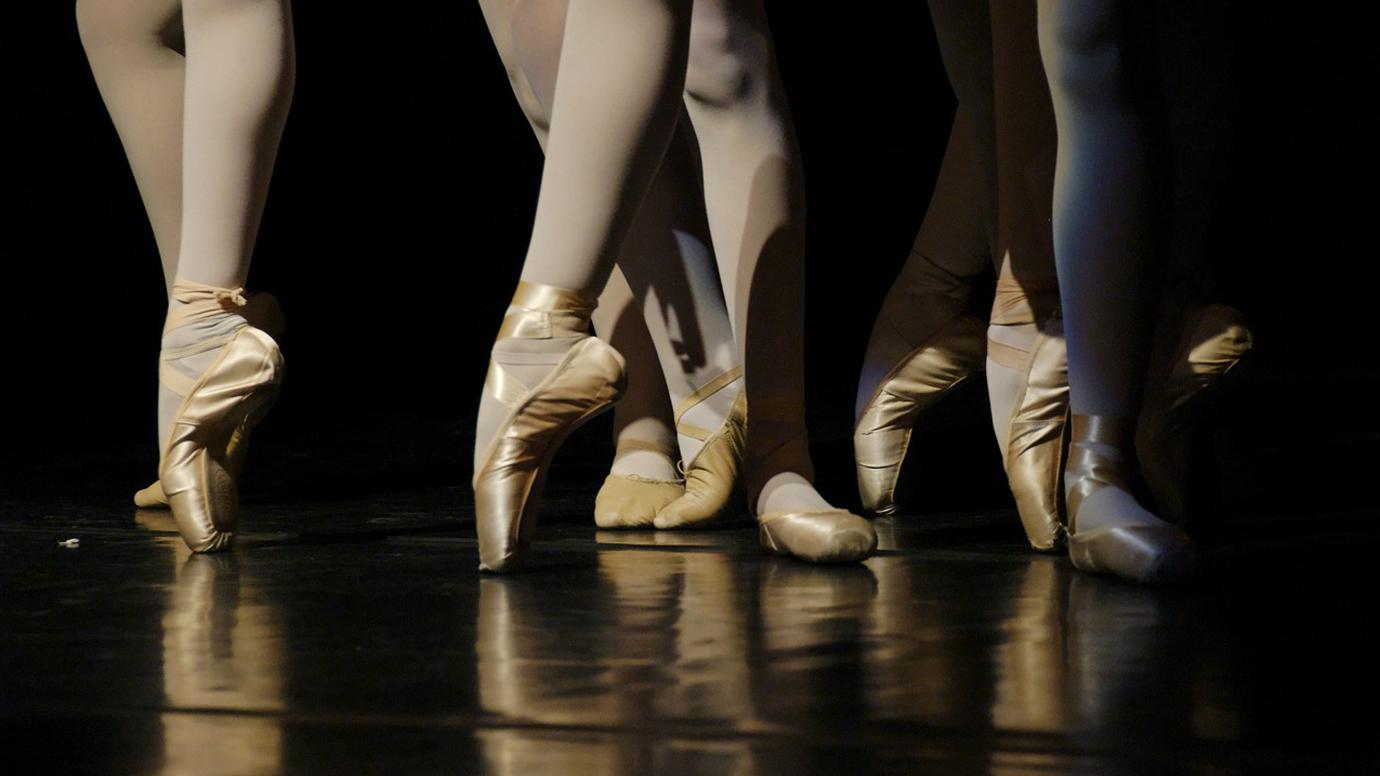
28 Sep An Introduction to Adult Pointe Class
A lot of adult students have a progressing to pointe. Of course, no one is expected to have a grasp of it upon joining an adult ballet class, however, dancers who are very dedicated can achieve it. If dancing on pointe is something you’re thinking about, you should discuss it with your teacher. They can assess you and give you a sincere answer on whether you’ve gotten to the point of trying pointework. But while you wait, understand what it takes to dance on pointe and know what you’ll be taught in an adult class on pointe.
Strong Technique
Before you do pointework, you should be able to demonstrate strong technical execution of key steps in your flat leather or canvas slippers. For this, you need to pay attention to correct weight distribution, controlled turnout, proper
Getting over your shoes
To be able to do point, your ankles must be strong. As soon as you’ve gotten there, you must take care not to fall back into your shoes. Getting over your shoe, which basically means creating a sustainable position where weight is placed correctly, with straight knees and correct foot placement is a lot harder than it looks. To achieve this, dancers must pull up out of the hips and keep the knees straight without jamming. Keep in mind that the entire weight of your body is being lifted to a stage as big as a silver dollar. This stresses your feet bones a whole lot. If you haven’t figured out how to go about this change in body placement, you could sustain an injury.
Feet placement and balance
Articulating the feet simply means having the ability to smoothly move the feet and joints. Since shoes for pointe aren’t very comfortable and are tough, it won’t be easy to “feel the floor” the same way you do while wearing technique shoes. If you misstep in flats, it’ll be more difficult to move in pointe shoes. However, if pointing your toes and arching your feet in the right way for a particular step, it would be easier for you to adapt to pointe shoes.
Stay in shape
Unlike what everyone believes, it’s not the point shoes that hoist you, you hoist yourself. Your core should be developed and tough and you should get stronger. Crunches, lunges, walks, and jogs should be exercises you constantly engage in. Be mindful of your routines for workout and if your health isn’t in top shape, see a doctor. Being thin won’t necessarily help you in your pointe goals, but staying fit and strong is key to safely shift into pointework.
What to Expect in Class
Pointe class for adults is typically a separate section or even a completely different class. Our teachers offer pointe-prep lessons and specialized exercises through our Private Sessions. If you are in a specialized Intermediate / Advanced Ballet Class, teachers teach pointework for just 15-20 minutes after the regular technique class. At other times, if your teacher assesses you and decides that you can progress to pointe, you may be permitted to wear pointe shoes for your regular technique classes. In any case, you’ll keep doing simple exercises like pique and releve at the barre. The first exercises you’ll probably practice at the center are basic combinations that include sous-sous and echappe. If you think pointe class is where you’ll be asked to do triple pirouettes, you need to reduce your expectations for now.
Still, no matter how long you feel you must prepare for or the frequency in which you’ll need to practice to get ready, adult pointe class is exhilarating and a huge achievement. If you work hard and stay consistent, you can make a lot of progress in your art and feel like a world-class dancer.
